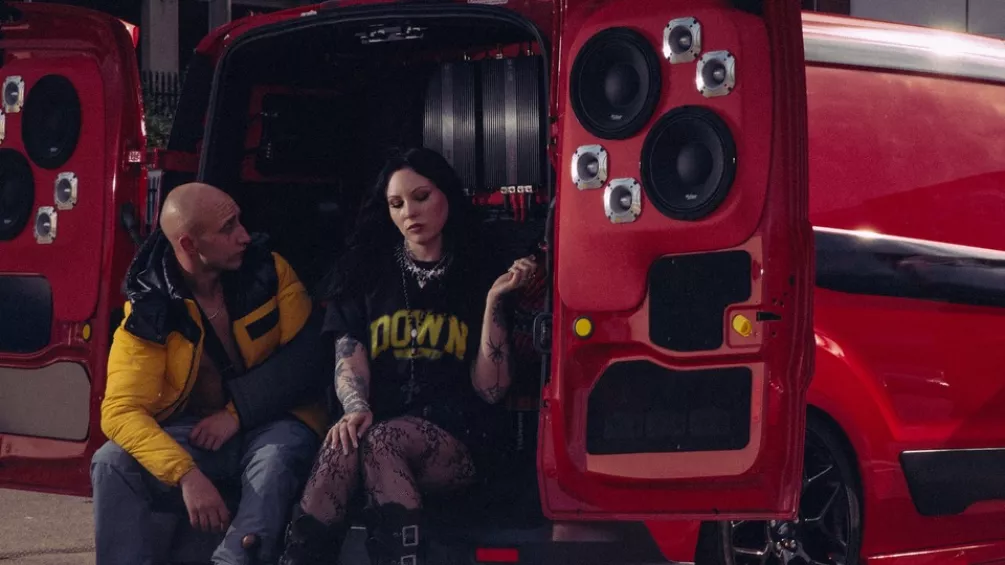
Recognise: LAVURN
As he gradually started putting music to his words, it was DJ Plead and SUMAC co-founder T.Morimoto who encouraged him to continue. With them in Melbourne and Sydney respectively and Lee between Toronto and Berlin, sending projects back and forth was a way to stay in touch and support one another. “If they didn’t encourage me and kept pushing me to finish stuff or leave stuff alone, then the album wouldn’t have been finished,” he says.
A current of desperate longing runs through much of ‘LAVURN’. “I think the most pronounced thing is maybe the feeling of wanting someone back,” he says, a feeling reflected in the lyrics of ‘Little Mother’, in which he sings: “I want you back / is that so bad?” “I don’t feel that anymore, which I think is good,” Lee quips. “It feels healthy not to feel so attached.”
Opener ‘CCC’ invites the listener into record with warm piano chords and cut-up vocals reminiscent of late-era Mac Miller, a constant throughout the record. ‘Compact Disc’ sounds like glitch-hop reinvented, while ‘Hardcore’ brings in skeletal drums. With its restrained snares, ‘Steppin (Flipmode)’ sounds like an early Neptunes beat. By the end of the project, the influence of Tricky’s arresting vocals will have become apparent, but are rendered in Lee’s layered, effect-laced style.
The anxious rhythms, shuddering synths and weighty bass of ‘Windchill’, ‘Tool (Medley)’ and ‘Still’ demand attention, pulling you into the vivid gloom at this record’s heart – a feeling as though the sandcastle Lee is building is too close to the water.
Lee continually samples himself throughout the record, an apt demonstration of the merging of his numerous musical selves. “I wanted things to be self-referential,” he explains of his process. He would write a beat, a melody or vocal line, and then strip elements away before weaving them into other songs, changing the tempo and timbre until they became otherworldly, unrecognisable fragments This painstaking technique, where recurrent elements were layered on top of each other to create collagist new tracks, is part of the reason the album took so long to make.
“Initially, part of the delay was laziness,” he admits. “But then, once I was putting everything together, it felt like it was its own insular world, because certain themes are repeated, almost like a movie soundtrack.” Despite familiar lyrics and motifs recurring in different cuts, each rendition sits within its own distinct context, like individual movements in a single piece of music.





